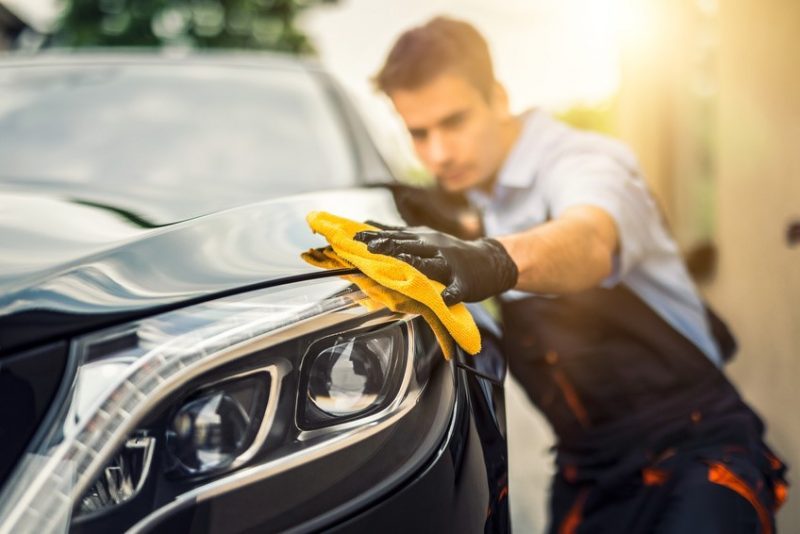How Robots Are Changing the Metal Finishing Industry and Auto Manufacturing Sector
Just a few decades ago, robots only existed in science fiction books and children’s nightmares. Now, though they aren’t exactly all over the place, they are becoming much more popular and gaining traction in dozens of industries across the globe.
Robots can perform many of the same tasks conducted by humans, but a lot faster, a lot more efficient, and with much fewer issues.
According to Robotics and Automation, robots are significantly altering the metal finishing industry — and for the better. There are four elements that are essential when it comes to vibratory metal finishing: parts, media, compound solutions, and equipment. When these elements are correctly balanced, they contribute to optimal surface finishes and consistent part quality. The introduction of robotics enhances this balance by automating adjustments in media flow, part orientation, and cycle duration with remarkable precision. As robotics continue to evolve, working with a professional metal finishing company can help ensure processes like vibratory finishing, polishing, or blasting are handled with both precision and consistency.
As robots enter the metals finishing landscape, there are all kinds of improvements to sanding, edge-breaking and deburring, grinding, and polishing. Considering the U.S. produced almost 1.6 million tons of steel in 2016 alone, there’s definitely a growing need for automation in this industry. There are a few specific types of robotic finishing models that are being utilized, including lean finishing cells, blast cabinets, and high-pressure water edge-breaking systems.
There are a few specific types of robotic finishing models that are being utilized, including lean finishing cells, blast cabinets, and high-pressure water edge-breaking systems.
Lean finishing cells can be easily reinforced by hard tools for high-precision performance. Though some systems like outfeed and indeed conveyor straps include solutions.
Blast cabinets are ultimately designed for parts featuring difficult geometrical patterns and requiring compliance for demanding quality benchmarks. Blast cabinets utilize higher levels of regularity of surface finishes and are great for medical devices, aerospace, and the automotive industry.
High-pressure water edge-breaking systems are efficient enough to generate blasts of water up to 12,000 pounds per square inch that can efficiently eradicate various kinds of surface flaws. This is another great system for the automotive manufacturing sector, as well.
Here are some of the main advantages of robotics within the metal finishing sector:
- Improved consistency and uniformity.
- High-precision edge-breaking, grinding, and polishing.
- Improved safe practices through less human interaction and involvement, which can result in lower insurance rates.
- Significant labor cost savings over an extended period of time.
- Longer working hours without human exhaustion.
- Increased consumer happiness due to faster job completion times and much fewer product imperfections and errors.
The average age of vehicles currently on the road in the U.S. is about 11.6 years. From now on, virtually every vehicle that is manufactured will utilize top-of-the-line technology and last longer than ever before. According to Freight Waves, robotics on their own and as part of the metals finishing industry offer plenty of innovative solutions for the automotive sector.
“In supply chains, it is not about repetition but rather about variability. Industrial robots are successful when there is repetitive work — like in the automotive industry, because it is about building three million cars, in say, a four-year period,” said Erik Nieves, co-founder and CEO of Plus One Robotics. “What we are looking to do is to seamlessly tie the human element into the robot’s control. The robots that you’ve deployed in your distribution center would become so much more effective and reliable if you can add just one human into the control loop.”




